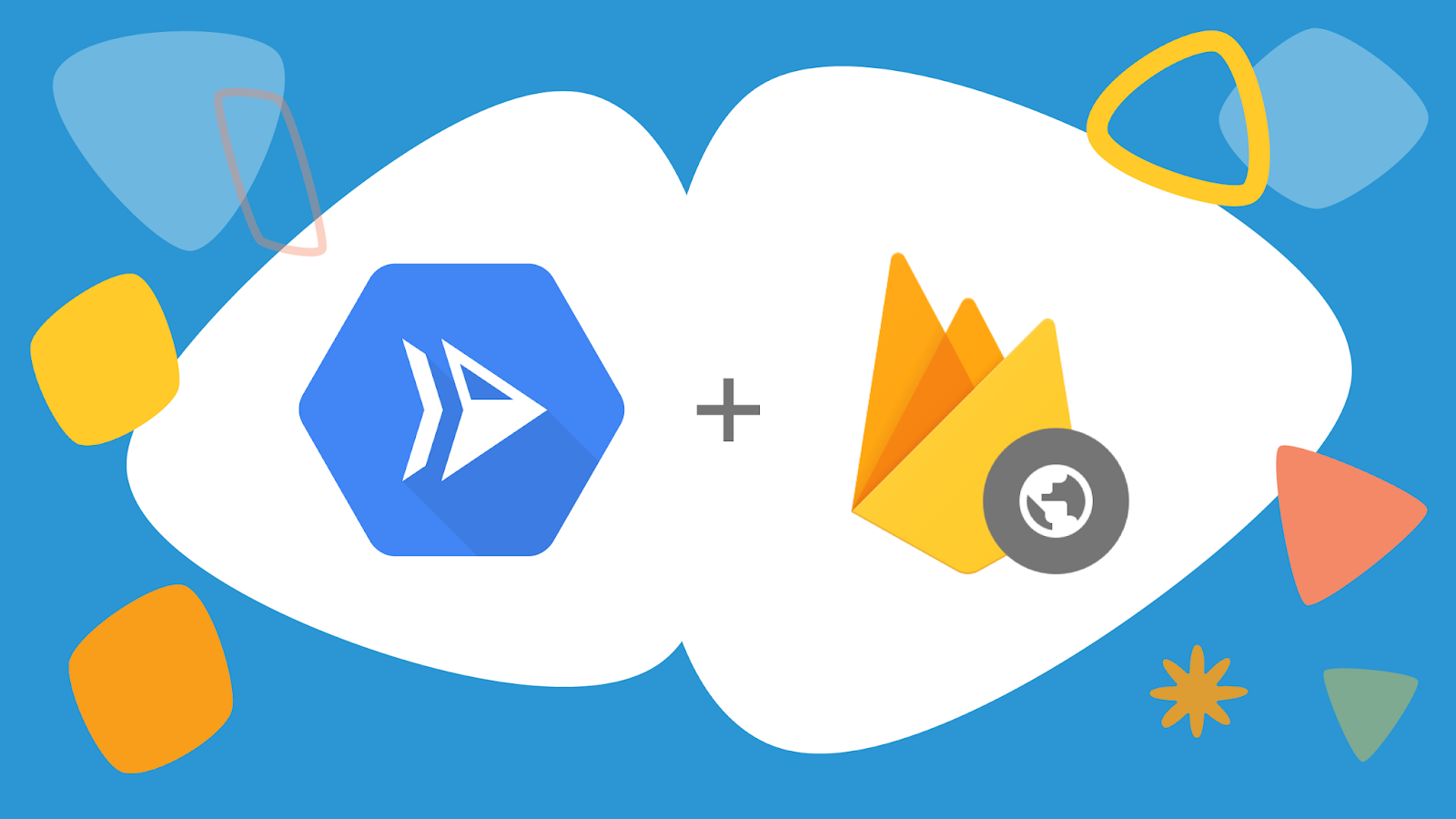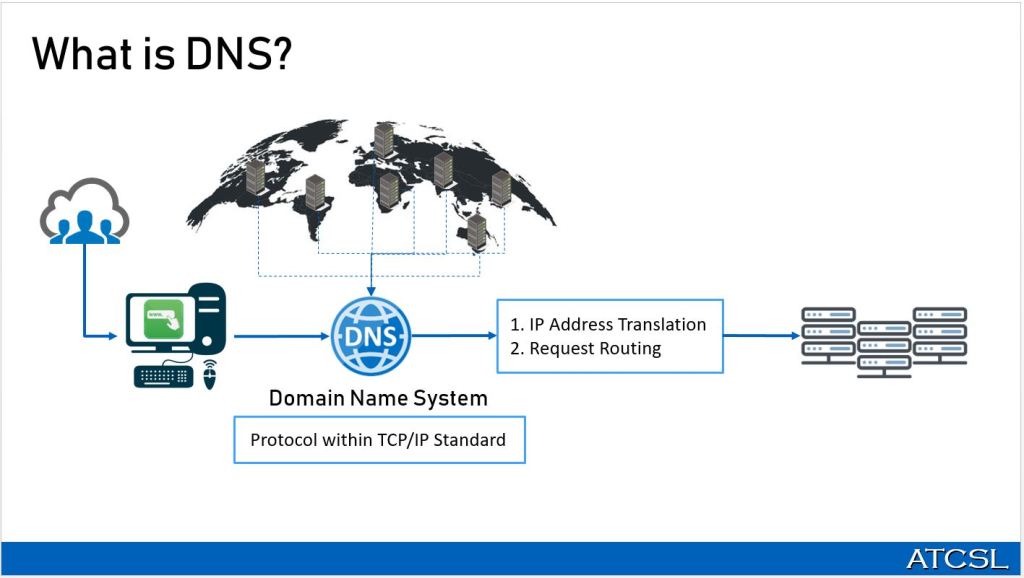
Use the apache level command to send error messages. There are three levels of warning: warning, debug and critical. Each level has its benefits and drawbacks. It all depends on what you are going through. You can, for example, set a high log level if there is a server outage. A low log level is recommended for normal usage.
Log level changes
To increase or decrease the severity log messages, you can adjust the Apache log level. The default level is warn. The two other levels are crit, and emerg. Warning logs are generated only when the system appears to be working normally, but over time can cause significant problems. You can debug your server by changing the log level.
Apache web servers will log all changes to the log level. This will increase your log file sizes and make the webserver more work. You can increase the log level for trace if you require more detailed logs.
Messages logged
Apache can be used to analyze error messages on a server. The log includes information about the error type, severity level, and time it occurred. It also contains information about client web browsers and operating systems.

Apache server logs information from clients to create log files. These log files can be accessed with a simple text editor, such as tail or cat, which are command-line tools on Linux.
Log messages at debug level
The debug logs information about warnings and errors that are encountered in the application. These messages can be used for testing and debugging purposes. Filtering the messages can be done by choosing the appropriate level. This allows you to get more information without losing any details. To gain more information on a particular subsystem or component, you can set the DEBUG/TRACE level. However, in a production environment, you should use the INFO level.
However, a message of this level doesn’t necessarily indicate that the application is aborting. Instead, it means that an important part of the application is not functioning properly. It might not be capable of accessing a file, or service. This is a sign that something is wrong. The majority of applications will continue to run normally without any error messages.
Messages logged with FATAL level
A message with FATAL status indicates a serious error. This could be a corruption of a database, major problem or complete application failure. These errors should be addressed immediately as they can cause significant data loss and financial losses. But, this does not necessarily mean that a program is failing. Even though these events occur, most applications will continue running.
The severity levels are listed in decreasing order of severity. If the error message reads FATAL, the program will be terminated and the error logged. If the error is more minor, the log message will be recorded in lower severity logs. If the message has a DFATAL status, it will instead be logged as debug mode. This prevents the program from being stopped in a live environment.

TransferLog level logs messages
There are three levels or log messages: "emerg", (unusable), and "alert" or "crit". An "emerg” message is an indication that the system has stopped working correctly and must be corrected immediately. The "warn" message should not be ignored and should be reported for further investigation. "Info" messages are useful for troubleshooting purposes, and "debug" messages contain more detailed information.
Apache also records the status or connection of HTTP requests. It is helpful in measuring website speed by using the HTTP status code. A 404 response, for example, includes Referer information.
FAQ
Can I make my website using HTML and CSS?
Yes! Yes!
You now know how to build a website structure. Now you need to learn HTML and CSS coding.
HTML stands as HyperText Markup Language. You can think of it as writing a recipe. You would list ingredients, directions, etc. HTML is a way to tell a computer which parts are bold, underlined, italicized or linked to other parts of the document. It is the language used to describe documents.
CSS stands for Cascading Style sheets. Think of it like a style sheet for recipes. Instead of listing each ingredient or instruction, you will write down the general rules for font sizes and spacing.
HTML tells the browser how to format a web page; CSS tells it how to do it.
You don't have to be a prodigy if you don’t get the terms. Follow these tutorials, and you'll soon have beautiful websites.
What is the best platform for creating a website design?
WordPress is the best platform to design a website. It comes with all the tools you need for creating a professional website.
Themes can be easily customized and installed. There are thousands of themes online that you can choose from.
You can also add functionality by installing plugins that allow you to do everything from adding social media buttons to adding forms and contact pages.
WordPress is extremely user-friendly. To modify your theme files, you don't need to be able to code HTML. To change your theme files, all you have to do is click on an image and select the desired changes.
There are many options, but WordPress is the best. Millions of people use it every day.
What is a UI Designer?
Designers of user interfaces (UI) are responsible for creating interfaces for software products. They are responsible for the design of the layout and visual elements in an application. Graphic designers can also be included in the UI design team.
The UI Designer needs to be a problem solver and have a good understanding of how people use computers.
A UI designer should be passionate about technology and software development. From developing ideas to implementing them into code, a UI designer must be able to comprehend all aspects of the field.
They should have the ability to design using various techniques and tools. They should be able to think creatively and solve problems by creating innovative solutions.
They should be organized and detail-oriented. They should be capable of quickly and efficiently developing prototypes.
They must be comfortable working with clients of all sizes. They should be able, and willing, to adapt in different environments and situations.
They should be able and willing to communicate effectively with others. They should be able to express their thoughts clearly and concisely.
They should be well-rounded and possess strong communication abilities.
They must be driven, motivated, and highly motivated.
They should be passionate about their craft.
WordPress: Is it a CMS or not?
The answer is yes. It is a Content Management System (CMS). A CMS allows you to manage your website content from within a web browser instead of using an application such as Dreamweaver or Frontpage.
WordPress is free! Hosting, which is usually provided by your ISP, is free.
WordPress was originally designed to be a blogging platform. However, WordPress now offers many options including eCommerce sites and forums, membership websites, portfolios and portfolios.
WordPress is easy and quick to install. You must download the installation file from their website and upload it onto your server. After that, you can simply access your domain name with your web browser.
After installing WordPress on your computer, you'll need a username and a password. Once you have logged in, a dashboard will appear where you can view all of your settings.
From this page, you can add images, pages, posts, menus or widgets to your website. If you are comfortable creating and editing content, you can skip this step.
You can, however, hire a professional Web designer to handle the whole thing if your preference is to work with another person.
Statistics
- Did you know videos can boost organic search traffic to your website by 157%? (wix.com)
- It enables you to sell your music directly on your website and keep 100% of the profits. (wix.com)
- In fact, according to Color Matters, a signature color can boost brand recognition by 80%. There's a lot of psychology behind people's perception of color, so it's important to understand how it's used with your industry. (websitebuilderexpert.com)
- Studies show that 77% of satisfied customers will recommend your business or service to a friend after having a positive experience. (wix.com)
- At this point, it's important to note that just because a web trend is current, it doesn't mean it's necessarily right for you.48% of people cite design as the most important factor of a website, (websitebuilderexpert.com)
External Links
How To
How to use WordPress in Web Design
WordPress is a software application that you can use to build websites or blogs. WordPress' main features include an easy installation, powerful theme options and plug-ins. You can customize your website using this website builder. It comes with hundreds of themes and plugins that help you make any site. If you'd like, you can also add your own domain. All these tools enable you to manage your site's appearance and functionality effortlessly.
WordPress makes it easy to create beautiful sites even if your HTML skills are not required. Even if you don't have any coding knowledge, you can set up a professional website in minutes. This tutorial will show you how to install WordPress and walk you through the basic steps to create your blog. We'll walk you through the process so you can understand it at home.
WordPress.com is the most widely used Content Management System (CMS) and currently has 25 million users around the world. You have two options for WordPress: you can either purchase a license for $29 per monthly or download the source code to host it free of charge.
There are many reasons why people choose WordPress as their blogging platform. It is easy to use and anyone can write HTML, so you can make a beautiful site. You also have the flexibility to change your site's look and feel. WordPress.org offers many themes for free. This means that you can completely customize the look and feel without spending a dime. Finally, it's highly customizable. Many developers offer premium addons to allow you update posts automatically after someone comments. You can also integrate social media sharing in your site.